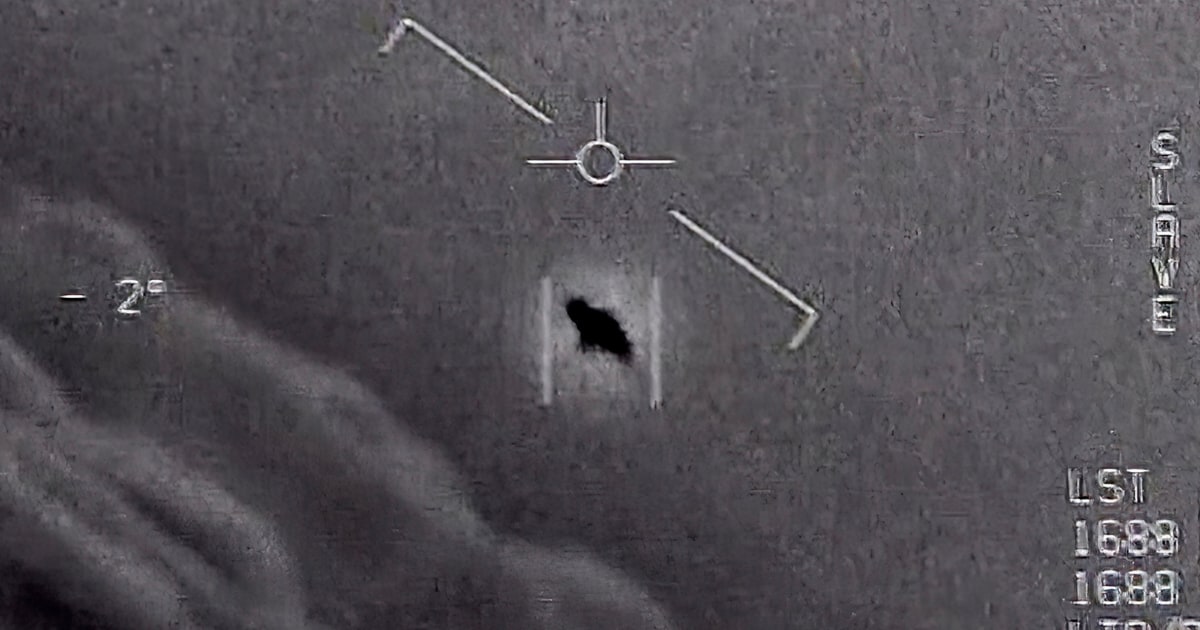
A NASA panel tasked with studying reports of “unidentified aerial phenomena” said in a hearing that the stigma associated with reporting UFO sightings — as well as the harassment of people who work to investigate them — may be hindering efforts to determine their origins.
The panel, which was formed last year, presented early findings in the group’s first public meeting on Wednesday and is expected to publish a final report this summer. The team highlighted the need for more high-quality data in order to properly investigate unusual sightings.
“If I were to summarize in one line what I feel we’ve learned, it’s we need high-quality data,” said David Spergel, the panel’s chair.
Debates over potential UFO sightings — now referred to as UAPs in government parlance — have garnered increased attention in recent years, particularly as Congress and U.S. intelligence agencies have sought to make public more information about unidentified flying objects and data from reported incidents.
Interest in these encounters has also increased due to the recent mysterious flying objects spotted in American airspace, including a Chinese spy balloon that was detected over Montana in February.
Following Wednesday’s meeting, members of the public will be able to submit comments on the information presented.
Sean Kirkpatrick, director of the Department of Defense’s All-Domain Anomaly Resolution Office, said during the hearing that most reports of unidentified aerial phenomena have “mundane” explanations. Since 1996, he said, his office has received more than 800 reports of unidentified flying objects, but just an estimated 2% to 5% demonstrate “anomalous characteristics” that require further analysis, such as modeling, simulation or physical testing.
The vast majority of the reports, Kirkpatrick said, are sightings of unusual orbs or round spheres, and most have been spotted at altitudes where aircraft typically fly.
But he added that “without sufficient data, we are unable to reach defendable conclusions that meet the highest scientific standards we set for resolution.”
The significant stigma that still surrounds the practices of reporting and investigating unidentified aerial phenomena — whether for members of the public, commercial pilots or members of the military — isn’t helping, according to NASA’s science chief, Nicola Fox.
In her opening remarks, Fox said members of the 16-person panel have faced harassment online for their participation in the work.
“Harassment only leads to further stigmatization of the UAP field, significantly hindering the scientific progress and discouraging others to study this important subject matter,” she said, adding that such harassment also “obstructs the public’s right to knowledge.”
Fox explained that the NASA panel was created to help lay out a road map for using the tools of science to evaluate and categorize the nature of unidentified flying objects.
The experts used unclassified data from civilian and government entities to inform the findings presented in the public meeting, she said.
Fox added, however, that existing eyewitness reports are often murky and do not provide conclusive evidence for analysis.
“At NASA, we lead the world in exploration and are committed to rigorous scientific inquiry,” she said. “The nature of science is to better understand the unknown. And to do that, our scientists need data.”
Kirkpatrick said future investigations would benefit from more instruments that could both detect unusual phenomena and trace their origins. The report set to be released this summer will likely outline more specific recommendations for such tools.
Kirkpatrick added that for the Defense Department, working with NASA will ensure that rigorous scientific analysis can be applied to cases that warrant further study — though that process that can take time.
Spergel, meanwhile, said he hopes the NASA panel’s work will help reduce negative associations linked to the study of UFOs. Such attitudes likely mean that many sightings have gone unreported, particularly from commercial pilots, he said.
“One of our goals in having NASA play a role is to remove stigma and get high quality data,” Spergel said.






